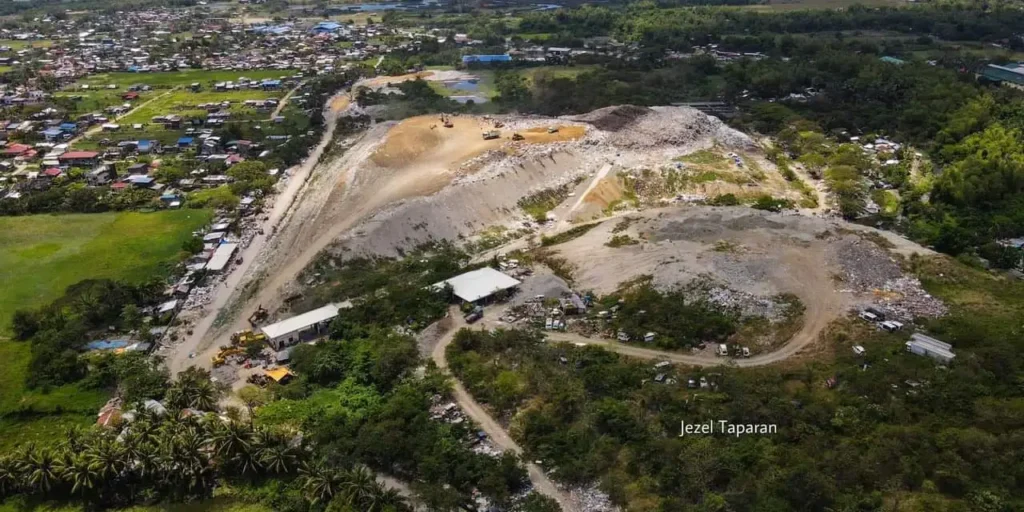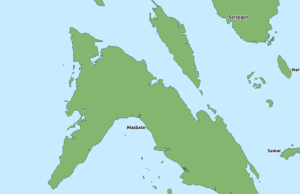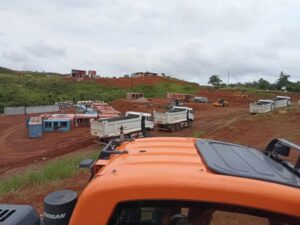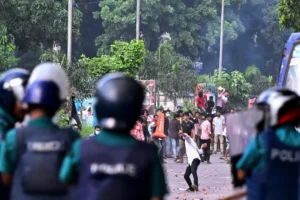Metro Pacific to build expensive energy facility in Iloilo


The group of Manuel Pangilinan, one of the Philippines’ biggest bourgeois compradors, clinched the contract for the construction of an expensive energy facility in Iloilo City. The signing between the local government of Iloilo City and Metro Pacific Water (MPW) of the Metro Pacific Water Investments Corp. (MPWIC) for the construction of the latter’s waste-to-energy (WTE) project was announced on March 1.
MWPIC itself submitted the proposal to the city council in 2022 to build the Iloilo City Integrated Solid Waste Management Facility (ISWMF) project. It is being touted as a solution not only to the waste problem, but also to the city’s energy crisis. The ceremonial contract exchange was held amid persistent brown-outs on the island of Panay.
The ₱2.3 billion project will be built on a 3-hectare plot of land in Barangay Ingore, La Paz. It is under the the reactionary state’s public-private partnership program. To recoup its invested capital, the MPWIC will surely charge high rates on the facility’s future consumers.
MPWIC is a wholly owned subsidiary of Metro Pacific Investments Corporation owned by the Salim family of Indonesia. Pangilinan runs the company. MPWIC is one of the biggest companies that benefited from the privatization policy since the 1990s that operates public utility businesses such as Manila Electric Company, Maynilad Water Services, Metro Pacific Tollways and others.
MPW boasts that the facility will be state-of-the-art “similar to US and Europe facilities.” Unlike conventional incinerators that burn waste, the facility will only decompose waste to create biogas for electricity. This process is called anaerobic digestion, or decomposition of biodegradable waste without the use of oxygen, unlike the natural process of decomposition of biodegradable waste (food waste, animal waste, grass waste and others) which is the common process in producing organic fertilizer.
Is it sustainable and really worth it?
According to MPW, ISWMF will generate 3.5 megawatts of electricity for the city. But to achieve this, the facility will need 450 tons of biodegradable waste per day. According to city statistics in 2022, 350 tons of waste is collected from businesses and households, and only 50%-60% is biodegradable. Thus, it is unlikely that the facility will be able produce the promised amount of energy.
One of the biggest problems of anaerobic digesters like the ISWMF plan is the cost of building their facilities. According to the International Energy Agency, a facility must process more than 5,000 m3 (cubic meters) of biogas to make the operation cost-efficient. ISWMF’s 3.5 megawatt target is equivalent to only 36.925 m3. This huge cost of energy production will also likely be passed on to consumers.
Such facilities also need specialized biodegradable waste to reach the biogas production target. According to the International Energy Policy (IEP), the energy produced from food waste alone, and even animal waste, is low and insufficient. Energy generated from crop or forest residue, which facilities have to purchase, is highest. This is an additional cost to such facilities.
The MPW and Iloilo council brags that the facility will be able to supply electricity to 5,000 homes, which is only 5.2% of the total 95,100 homes in the city.
Facilities such as ISWMF also produce air pollutants (carbon dioxide), although to a lesser extent than WTE incinerators. They also emit a strong stench, which will plague nearby communities. There is also the constant threat of a toxic spill or leakage of sewage or poisonous chemicals that are dangerous if it is adjacent to a source of potable water (similar to the case of ISWMF) and other bodies of water (rivers and seas).










